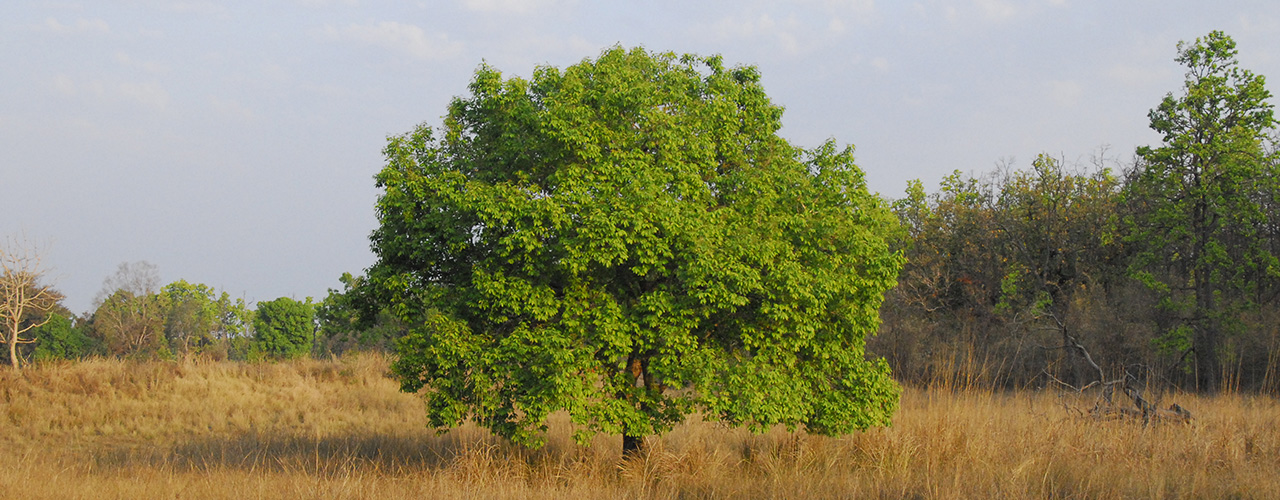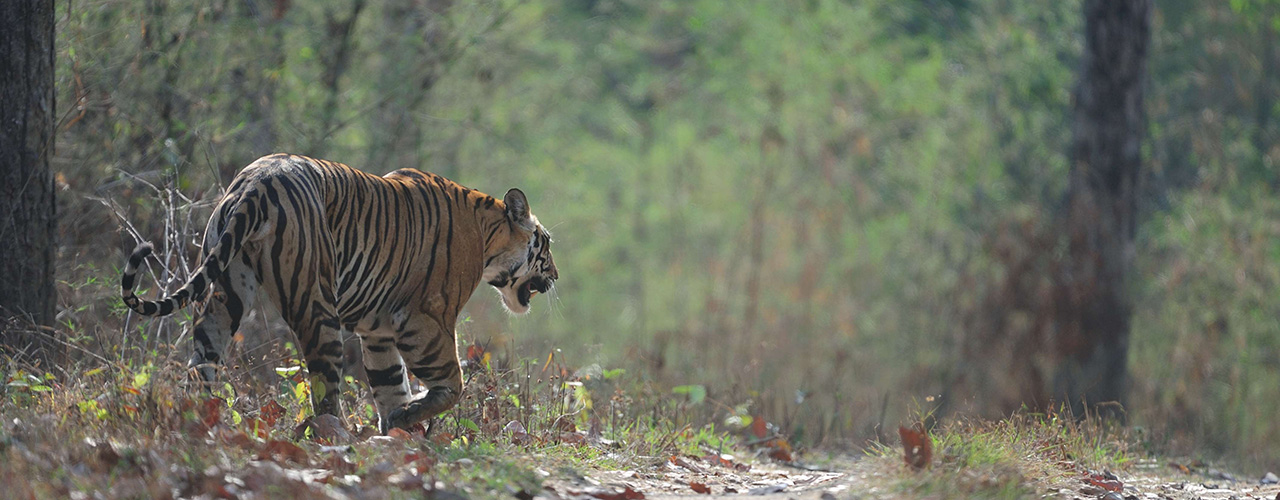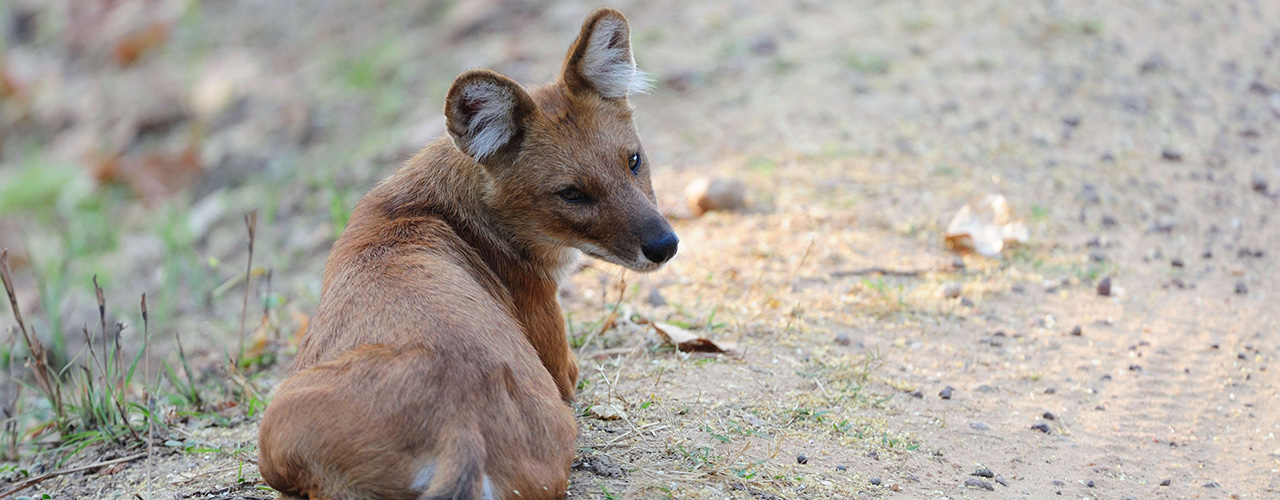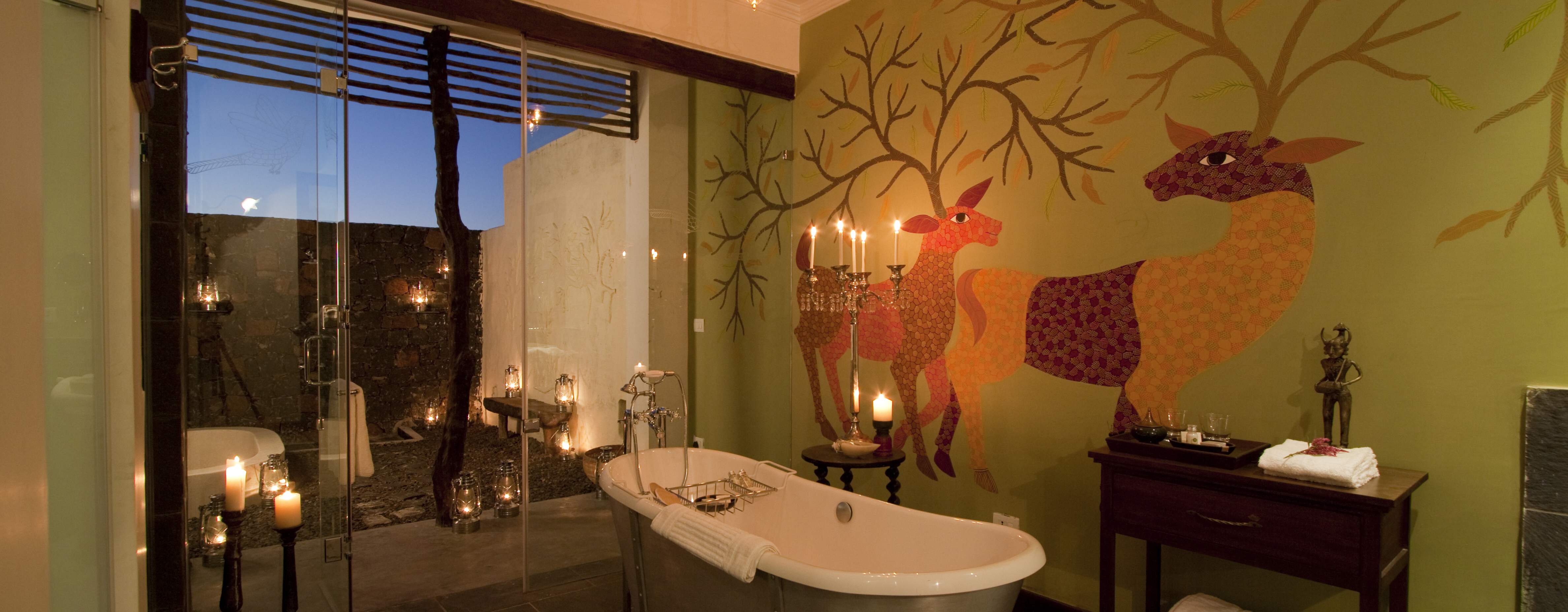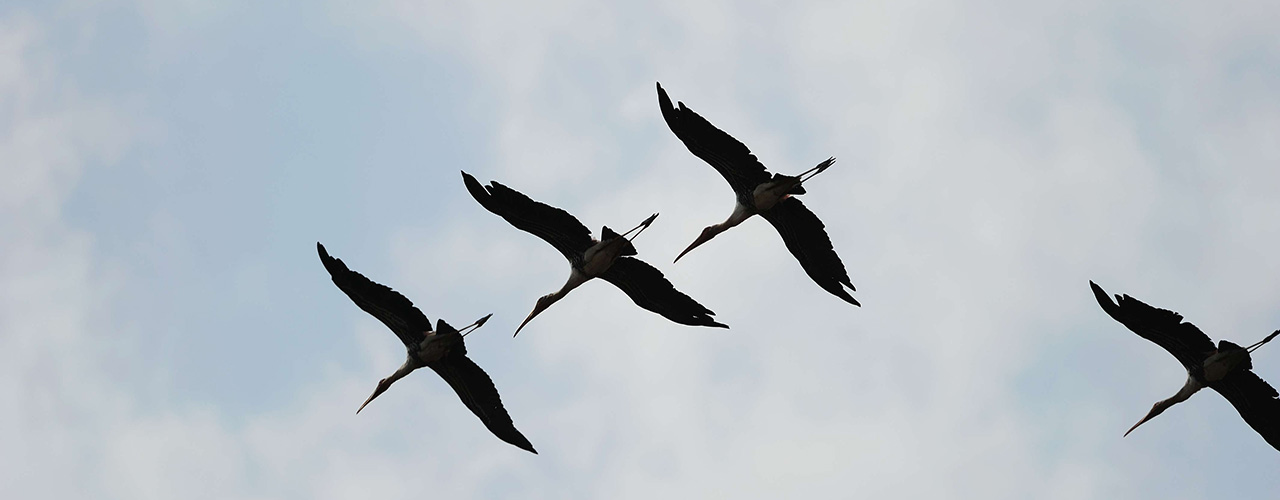Bandhavgarh National Park
SEND A QUERY
The 105sq.km Bandhavgarh National Park is in the Vindhya mountain range in Madhya Pradesh and has the highest density of tiger population in the country. Prior to becoming a national park, the forest was maintained as a Shikargah, or game preserve by the Maharajahs of Rewa
This is the deep forest
This is the forest of fifty shades of green
This is the forest where the miniscule and the mighty meet
Located in eastern Madhya Pradesh, Bandhavgarh National Park lies in the northernmost spur of the Maikal Range in the Vindhyas. Part of the reserve was once used as the hunting ground of the Rewa kings. The Maharajas retained these hunting rights till the area was made into a national park in 1968, and the establishment was incorporated into Project Tiger in 1993.
The forest cover comprises tropical, dry, and moist, deciduous vegetation, scattered with grasslands. The valleys and lower slopes are primarily covered with Sal forests and bamboo is found in abundance throughout the area. The park is well-endowed with a variety of bird species; you can spot around 250 different types. The chief source of water for the park and its inhabitants is the Charanganga River, backed up by a number of old tanks and water holes.
Tiger Spotting and Safaris
Bandhavgarh is the site where the famous white tiger was discovered. Climb onto an elephant or jump into and open jeep to explore the park area. You can venture out at the crack of dawn or take advantage of the afternoon in the company of a knowledgeable authorized guide, who will point out both details of the micro cosmos as well as larger animals. With luck, this park hosts better chances of a view of the great elusive feline.
Birdwatching
Bandhavgarh National Park has several optimal locations for a rewarding birdwatching experience, as resident and migratory birds flock to the various water bodies found within its boundaries. The Mahaman Pond is one among several ideal points for such an activity.
Bandhavgarh Heritage
The national park is brimming with historical treasures that pay tribute to the various dynasties that flourished in the area over the past 2 millennia. Explore the 35 sandstone caves, whose walls bear Brahmi inscriptions and embossed figures, the oldest of which date back to 1 BCE. The 10th century man-made caves, Sheshaiya and Badi Gufa and the historical caves at three cave point are just a few of its many wonders.
At the heart of the park, perched atop the precipice of the Bandhavgarh Hill is the majestic 2000-year-old Bandhavgarh Fort. This edifice carries significance through a series of moments in history, beginning with the legendary fables of the Ramayana, the days of the celebrated saint Kabir Das, the renowned Mughal Emperor Akbar, and belongs, today, to the Maharaja of Rewa.
As you approach the lodge, you are transported to a charming Tuscan village feel. Built without a scar to a tree, and with hand-moulded bricks, they have solar and water energy and employ the culture of less is more. Varied delicate menus from cold cucumber mint soup to barbecues, served in different locales; in the bush, terrace or indoors, you are always in touch with yourself. Creatively decorated with both open-air and closed bathrooms, there is a strong emphasis on sustainable tourism, environment, and support to the local community.
